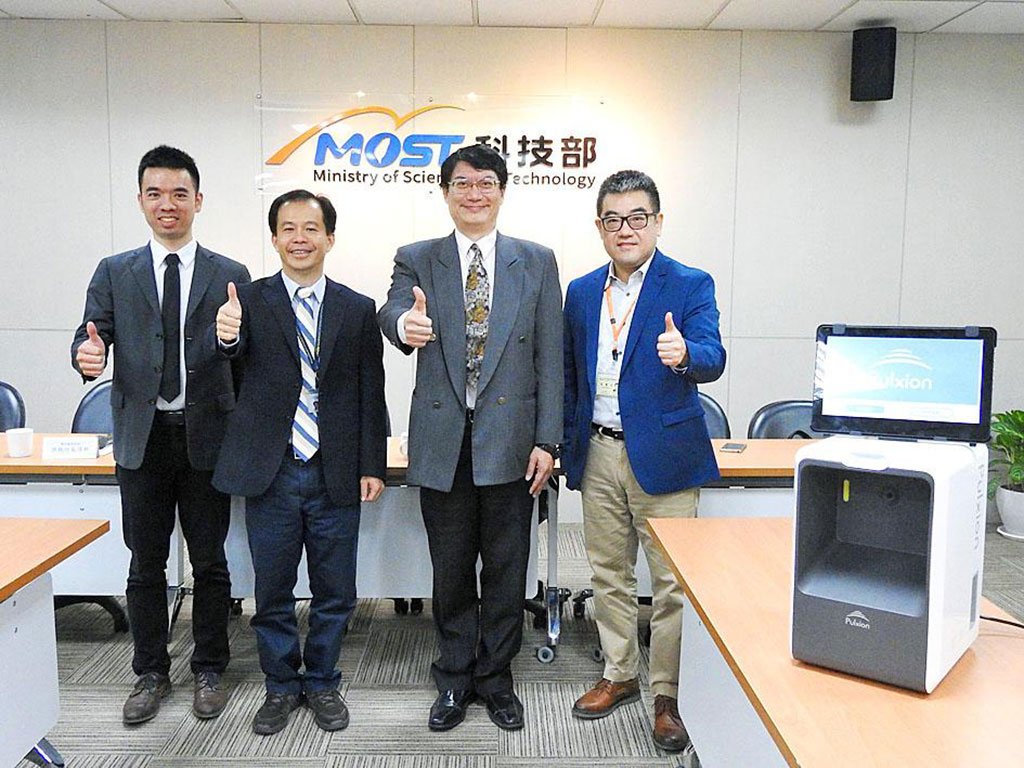Optical Screening System Detects Carotid Artery Stenosis
By MedImaging International staff writers
Posted on 25 Jan 2021
A non-invasive, user-friendly, and easy-to-operate assessment tool enables early detection of carotid artery stenosis (CAS), an indicator of stroke.Posted on 25 Jan 2021
The Pulxion Medical Technology (Taipei, Taiwan) PulStroke is a digital video device that records a short (20 second) clip of the neck under light emitting diode (LED) light with one simple click. A cloud-based platform uses dynamic video processing, feature extraction, and artificial intelligence (AI) algorithms to analyze the data, delivering the screening results to a smartphone or computer within five minutes. Studies have shown that the accuracy of PulStroke is higher than 90%, when compared to carotid ultrasound.

Image: Pulxion CEO Thomas Hsu (L) and cardiologist Kao Hsien-li (R) with the Pulstroke device (Photo courtesy of Taiwan Ministry of Science and Technology)
“The mission of the company is to develop AI-based imaging technology, with the goals of translating the research work into clinical solutions and commercial products,” said Thomas Hsu, CEO of Pulxion. “With this device, Pulxion plans to promote its use at chain pharmacies and clinics, healthcare centers, and local communities for general public who might have stroke issues without foreseeable symptoms. Early detection is the key to the preventive medicine.”
“About 85 percent of strokes are caused by ischemia, or a blockage in an artery that supplies blood to the brain. People with cardiovascular diseases might suffer a stroke without foreseeable symptoms, so early detection is key to prevention,” said cardiologist Kao Hsien-li, MD, of National Taiwan University Hospital (NTUH), who developed the technology. “The degree of stenosis affects the dynamics of blood flow, subtle changes in which are reflected through pulsations that can be detected by image motion analysis.”
Historically, carotid calcification has been detected by x-ray imaging. With the advent of ultrasound Doppler examination of vascular pathology, carotid 2D grey scale has become the routine study for CAS in vascular laboratories.
Related Links:
Pulxion Medical Technology













